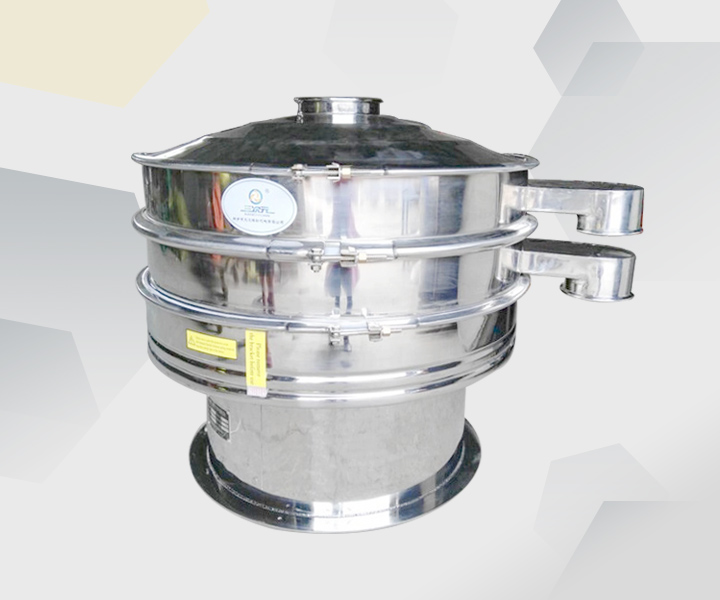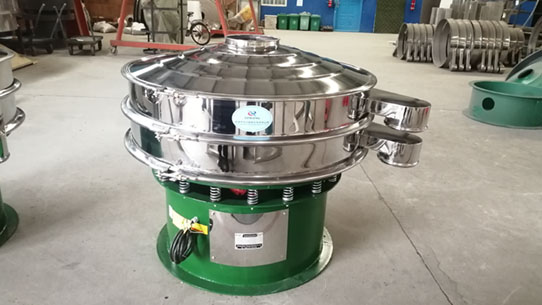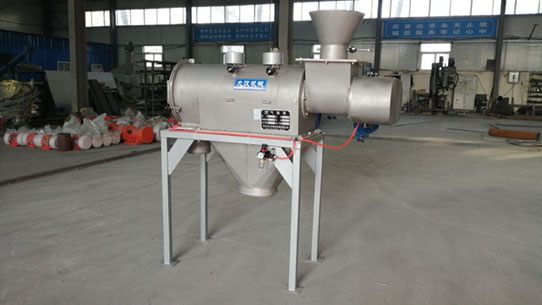What is the most common use for a Sifting Equipment?
Friday August-08 2025 17:51:50
Sifting Equipment is primarily used for screening, grading, impurity removal, and filtration of materials. For screening, you can choose from a variety of equipment, including Vibro Sifter, Ultrasonic Vibrating Screen, Tumbler Screen, Airflow Screening Machine, Gas Protection Vibrating Screen, High-Frequency Vibrating Screen, Filter Sieve, Laboratory Test Sieve, Linear Vibrating Screen, Square Tumbler Screen, Mining Vibrating Screen, and Banana Screen. The following will introduce you to fine screening and mining screening:
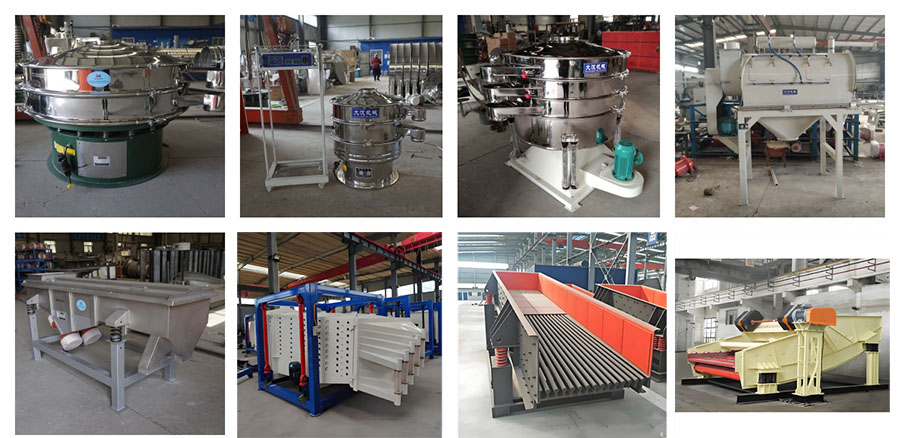
What are some fine sifting equipment options?
If you want to make the material finer, then we have a lot of fine screening equipment to choose from, including Vibro Sifter, Ultrasonic Vibrating Screen, Tumbler Screen, Airflow screening machine, Gas protection vibrating screen, high frequency vibrating sieve, Filter Sieve, laboratory test sieve, etc.
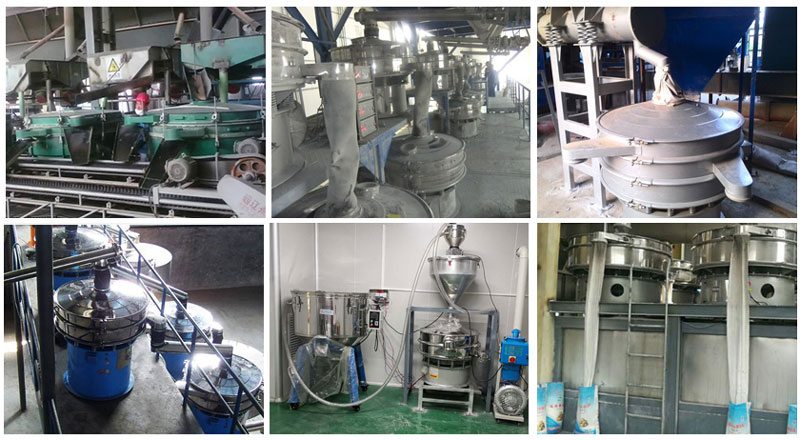
Vibro Sifter: This is a basic model among fine sieves, used for screening, removing impurities and filtering common powders, granules and liquid materials within 500 mesh. It is made of carbon steel, stainless steel and plastic, and the screen is equipped with 1-5 layers. By increasing the number of screen layers, different material fineness can be achieved. The hourly output is 100-3000 kg, suitable for dry and wet applications, such as silica, ceramics, powder coatings, tapioca starch, coffee beans, copper powder, silver powder, etc.
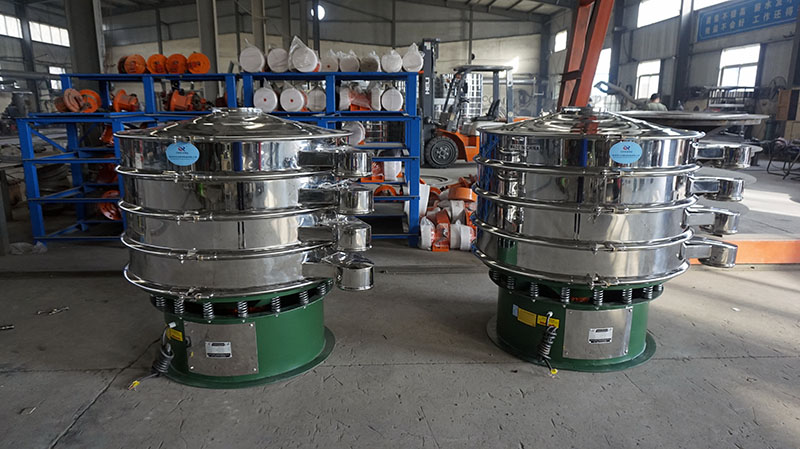
Ultrasonic Vibrating Screen: An ordinary Vibro Sifter is equipped with an ultrasonic screening device, with a vibration frequency of 360,000 times/minute. It can be used to process highly adsorbed, adhered, sticky, highly static, high-density, and ultrafine powder materials that are difficult to screen with ordinary vibrating screens within 650 mesh. The screening accuracy can be improved by more than 90%, and the output can be increased by 2 to 5 times. It is commonly used for screening materials such as silicon carbide, brown corundum, white corundum, molybdenum powder, tungsten powder, nickel powder, cobalt powder, stainless steel powder, alloy powder, and powder coatings.

Tumbler Screen: Utilizing an anti-artificial screening principle, it achieves precise separation without damaging the material. It is commonly used for controlled screening, grading, and dust removal of dry powders and granular products with particle sizes ranging from 20 microns to 20 mm. It accurately separates powders and granules in grades 1-6. It is particularly suitable for delicate and challenging screening applications and boasts the highest throughput among fine screens, reaching up to 50 tons per hour.

Airflow Screening Machine: Developed specifically for screening and impurity removal of powder materials, it uses airflow to break up lumps and remove impurities, rapidly separating powders of varying particle sizes. It is suitable for screening ultrafine powders within 800 mesh that are fibrous, viscous, oily, light in specific gravity, and electrostatically charged, such as heavy calcium powder, zinc powder, flour, traditional Chinese medicine powder, fly ash, graphite powder, and rubber powder. Its throughput can reach up to 5 tons per hour.
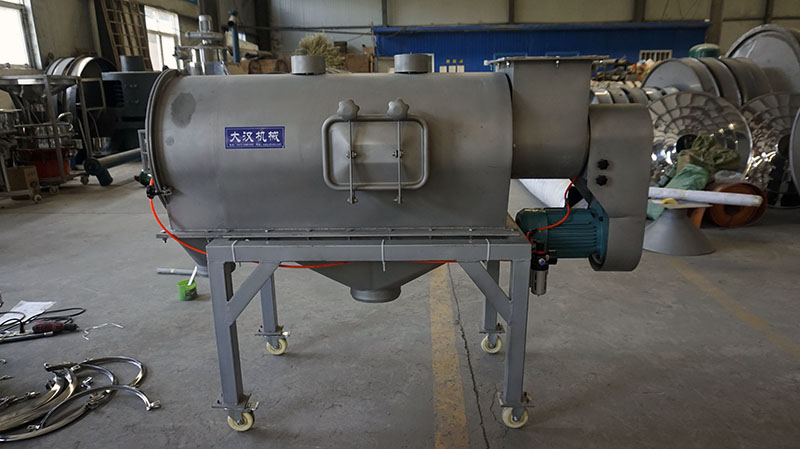
Laboratory test sieve: This is a device used in the laboratory to perform quality inspection and particle size analysis on powders, granules, suspensions or samples. It can quickly and effectively measure the size of solid particles from 125 mm to 20 microns. Some models can also screen to 1800 mesh. The sieve level has 1-15 layers to choose from. It is commonly used for material quality inspection and analysis in agriculture, construction (building and road construction), environmental technology, food industry, geology, medicine and pharmaceuticals, metallurgy and other fields.
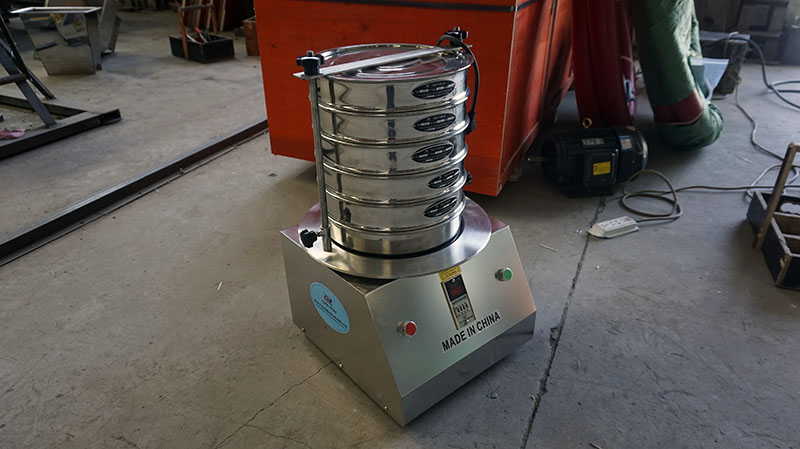
What types of mining sifting equipment are there?
When screening mining materials, we can choose linear vibrating screen, square swing screen, mining vibrating screen, probability screen, dewatering screen and banana screen.

Linear vibrating screen: It is used to screen dry powders such as grain, stone powder, mineral powder, coal, fertilizer, chemical raw materials, food (such as starch, sugar), metallurgical powder, etc. within 400 mesh, and to classify and remove impurities of granular materials. The maximum output can reach 20 tons/hour. It is commonly used in grain processing, food, chemical, pharmaceutical and other industries.
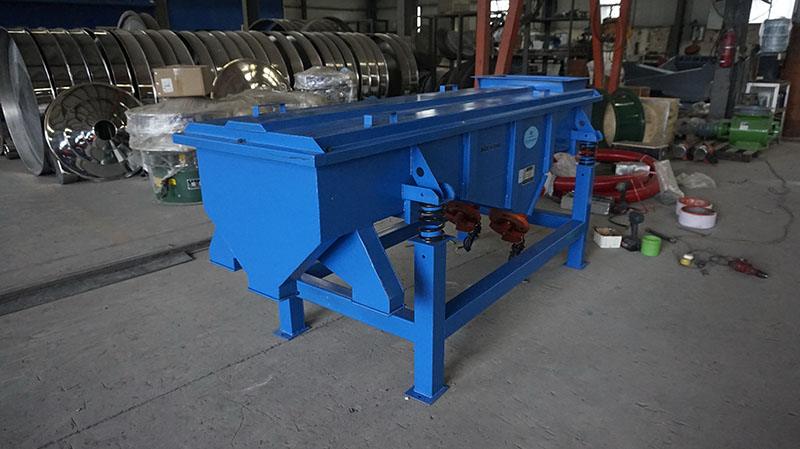
Square Vibrating Screen: This screen is used to classify fine powders ranging from 0.3mm to 500 mesh, including petroleum frac sand (12-120 mesh), chemical sand, quartz sand, industrial salt, starch, and recycled lithium battery materials. With a screen surface inclination of 0°-5°, it can produce up to 60 tons/hour of material per unit and is available with 1-13 screen layers. It is commonly used in the chemical, food, metallurgical, and petroleum frac sand industries, and is particularly suitable for granular and powdery materials prone to clogging or moisture.

Mining Vibrating Screen: This screen can be used for coarse materials such as limestone, granite, coal, ore, metallurgical slag, and construction aggregates with a particle size of 10-100 mesh. It has a throughput of up to 300 tons and is commonly used in the mining, coal, and metallurgical industries to screen and classify large particles after crushing.
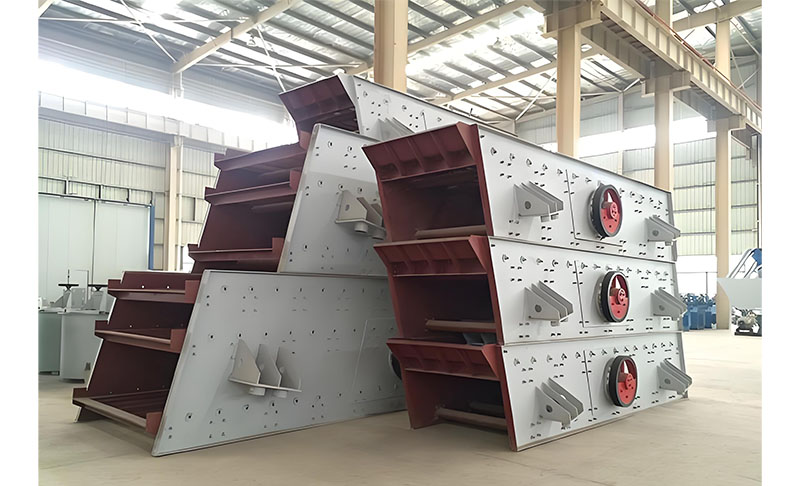
Banana screen: Suitable for classifying medium and coarse particles with a particle size of 5-50mm, such as coal, iron ore, sand and gravel, sintered ore, etc. with a high fine particle content; it has a large processing capacity and high screening efficiency, with an output of up to 500 tons/hour; it is mainly used for high-efficiency screening in the metallurgical and mining industries, especially suitable for materials with a high fine particle content, and is often used for outdoor screening.

Sifting Equipment can also provide customized products: such as mobile, flange, flanged, gate, hopper, customized discharge port, etc.; we can recommend the appropriate model according to the screening material. Different models have different screening outputs. We can provide customized solutions according to customer needs: including product customization, material customization, scene customization, etc., with prices starting as low as $200.

